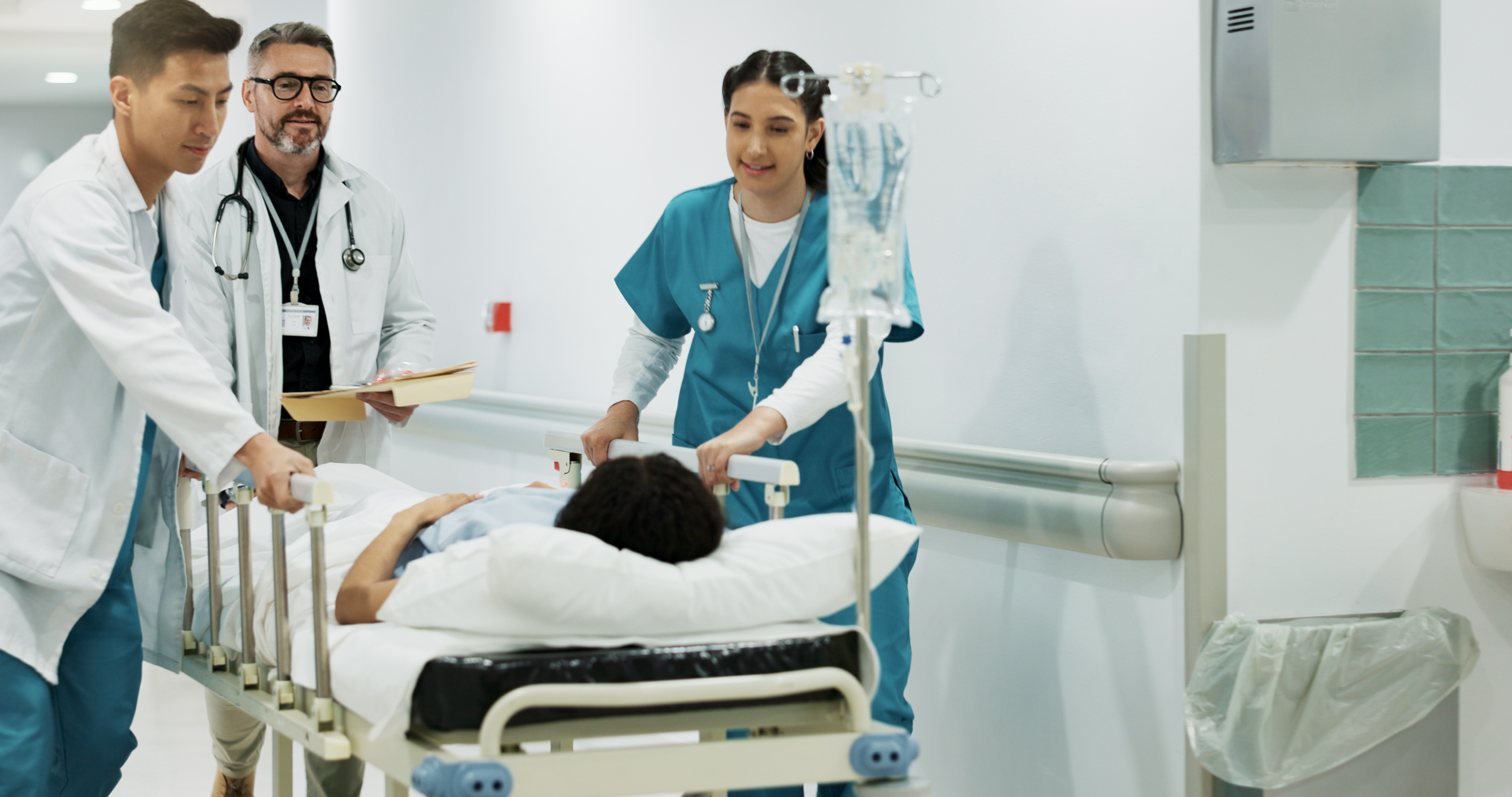Menu

November 18, 2025
for clinicians
We're highlighting five clear signs your facility may need to upgrade its patient moving and handling practices - addressing them now can help to prevent bigger problems down the road.

Medical facilities are often extremely busy and potentially understaffed, putting them in a kind of “survival mode.” The challenge with this is that many facilities don’t realize their patient moving and handling practices are behind the times until warning signs start to surface. If left unchecked, those signs can impact safety, compliance, staff morale, and patient satisfaction.
We'll highlight five clear signs your facility may need to upgrade its patient moving and handling practices - addressing them now can help to prevent bigger problems down the road.
The health of your staff is invaluable - not only does it determine the quality of care patients receive, but it’s also essential to their own safety, well-being, happiness, and longevity in their roles. If you start to see a rise in staff injuries and musculoskeletal disorders, it’s time to take a look at your patient moving and handling practices. Are caregivers still relying on manual lifts and transfers? Are staffing shortages forcing them to carry more than is safe? These red flags signal it’s time to reassess your approach before the risks escalate further.
As another layer of diligence, check in with your staff. How are patient moving and handling processes working for them and for patients? Do they feel rushed, stressed, or injury-prone? Do patients seem satisfied with the methods used? Is there anything that could improve current processes?
Patient safety should never be compromised, but outdated patient moving and handling practices increase the likelihood of falls or accidents during transfers. Even a “near miss” is a warning sign that something isn’t working. Whether it’s a lack of proper lifting devices, insufficient staff support, or outdated techniques, these incidents put patients at serious risk of harm and expose your facility to liability. A proactive approach - investing in safer equipment and updated protocols - reduces risks for everyone involved.
Surveying patients about their experience at your facility and specifically with patient moving and handling processes can give you insight into where things are going well, and where they might need improvement.
Healthcare facilities are held to strict standards when it comes to patient handling, and falling short can have serious consequences. Guidelines from organizations such as OSHA, ANA, and other Safe Patient Handling and Mobility (SPHM) initiatives are designed to protect both patients and staff. If your facility hasn’t reviewed its policies in several years, relies heavily on manual lifting, or lacks documentation of staff training, you may already be lacking compliance. Beyond the risk of fines or legal action, gaps in regulatory adherence compromise safety and cause a lack of trust. Regular audits and updated practices ensure your facility meets current standards while reinforcing a culture of accountability and care. Selecting patient transfer devices that prioritizes SPHM best practices can help your facility promote both patient and staff safety.
When transfers and repositioning are slow or require extra staff, overall workflow suffers. Delays in patient moving and handling care can bottleneck care delivery and frustrate both patients and staff. Inefficient handling practices often point to outdated equipment and processes or lack of training. Streamlined processes supported by modern patient handling solutions not only save time but also free up staff for other critical tasks, boosting efficiency and patient satisfaction.
Equipment breakdowns or constant maintenance requirements are a clear signal that your patient handling equipment may be outdated, or not keeping up with your facility’s needs. When lifts, slings, or transfer devices are unreliable or often in-repar, staff are forced to improvise, increasing injury risks for both caregivers and patients. High repair costs add up over time, often making old equipment more expensive in the long run than investing in modern, durable options.
Start with a thorough assessment of your current practices: review incident reports, equipment condition, and staff feedback to identify gaps. From there, prioritize investments in modern patient handling equipment that reduces physical strain and improves safety. Just as important, implement regular, hands-on training to ensure staff know how to use these tools effectively and consistently. Finally, establish an ongoing review process so improvements aren’t one-time fixes but part of a sustainable culture of safety.
If you’ve noticed that your current patient moving and handling processes are showing signs of needing an upgrade, we invite you to learn more about the SimPull, a fully automated patient transfer device that requires zero lift or force from staff and is designed to prioritize patient dignity. Reach out to us to learn how the SimPull can make a positive impact in your healthcare facility.